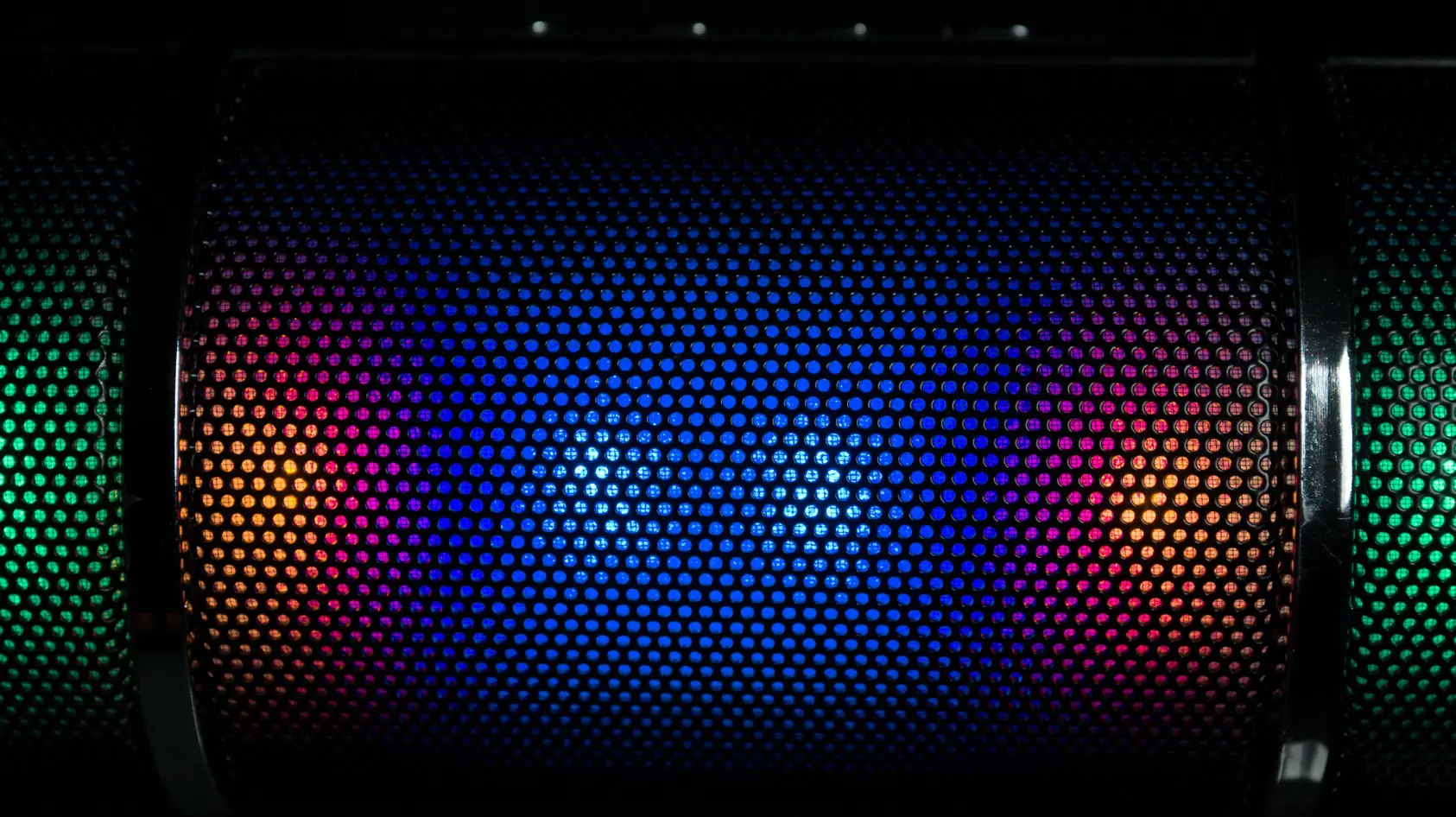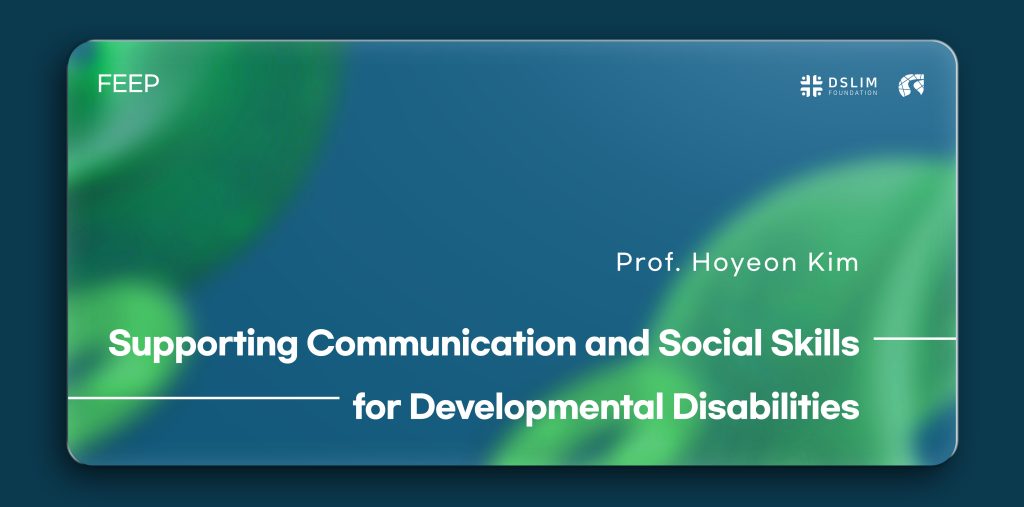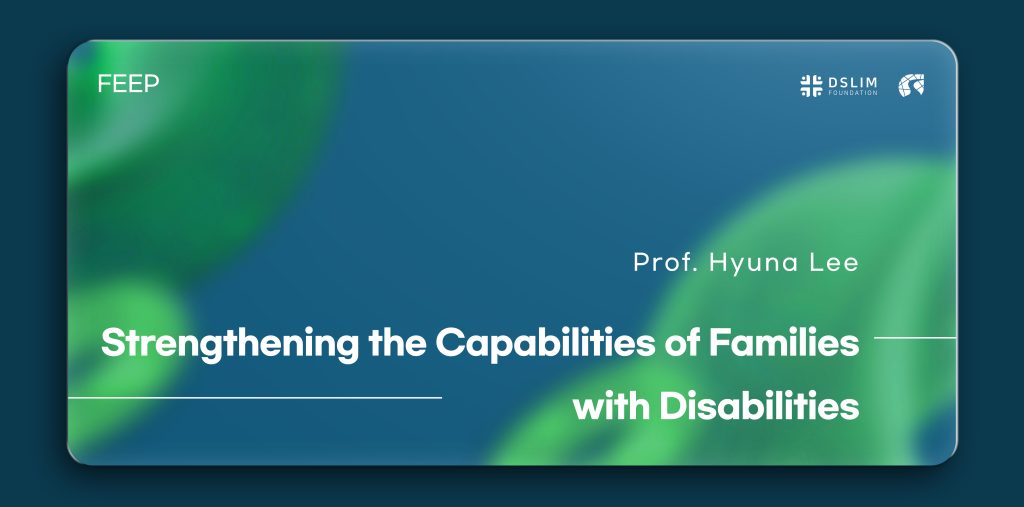The Absence That Creates All Things
By Professor Jae-Hyun Jeong
Obstruction and Penetration, Filling and Emptiness as One
It’s been so long since we lived our daily lives without masks that we barely remember what that was like. For the sake of health and safety, we diligently wear masks. When we think deeply about their role, the balance between blocking droplets and allowing airflow is key. If the mask’s fabric were packed too densely, we might experience suffocation or difficulty breathing even before the pandemic ends. Yet, the masks we wear block viruses while still allowing us to breathe. They are simultaneously closed and open.
Our bodies are designed similarly. The structure of the human body illustrates this paradox in fascinating detail. Take the eyes, for instance. Biologically and anatomically, the eye appears solid and densely packed. Yet when it perceives something, light penetrates this density, forming an image on the retina. The eye allows this process because, though filled, it also possesses emptiness that permits light to pass through. Without this emptiness, the retina wouldn’t capture images, and we wouldn’t see anything. The eye, both filled and empty, teaches us the profound concept of “emptiness in fullness.”
The tongue inside the mouth serves as another example. When the mouth is closed, it is completely filled by the tongue. Yet we don’t perceive the tongue as taking up space. Think of when you eat: the tongue and teeth work seamlessly without being obtrusive. If the tongue felt obstructive, the act of eating would become uncomfortable and burdensome.
Thus, there is presence without perception. There is fullness with emptiness. Thanks to the utility of something that exists but feels absent, we can eat, nourish our bodies, and empty ourselves again. This intricate balance of fullness and emptiness is remarkable. So, what lessons does our body teach us?
Absence Allows Presence to Function
The ancient Chinese philosopher Laozi expressed this in the Tao Te Ching:
“Thirty spokes converge on a single hub, but it is the hole in the center that enables the wheel to function. Clay is shaped into a vessel, but it is the emptiness inside that makes it useful.
Thus, the utility of what is present derives from the absence within.”
The spokes of a wheel are intricately connected, yet it is the hollow center that allows the wheel to turn smoothly. A vessel, though empty, becomes functional by holding contents. Similarly, the rooms we inhabit—formed by floors, walls, and ceilings—gain their purpose from the empty space within.
The core idea here is emptiness. Emptiness defines essence. In other words, emptiness is fullness. Laozi encapsulates this with the phrase, “The utility of what is present derives from the absence within.” Absence not only exists but also enables presence to perform its role. Absence is the essential foundation of presence.
The Generosity of Absence
On a broader scale, this principle applies to the laws of the universe, the rise and fall of living organisms, human psychology, and the very nature of all things. If our bodies embody and move according to this principle, what does it teach us about life? It reveals that the pursuit of mere accumulation and filling is neither necessary nor sufficient.
If it’s difficult to grasp this lesson through observation, consider the opposite scenario. What if everything were only present, with an insatiable drive to accumulate and fill beyond capacity? How would our planet fare? If that were the case, Earth would have become an enormous landfill long before we were born, and life itself would feel like a curse. However, Earth’s self-purification and emptying processes have allowed us to be born and live as we do.
Although we face ecological crises and seek global solutions, the essence of our existence teaches us the value of emptiness. What we lack is not merely absence but a reminder of what we need and what we should let go of.
Most importantly, our very existence stems from absence and will return to absence. We exist, surrounded by absence. We are not mere presences; we are presences defined by absence. Understanding this allows us to embrace a generosity that transcends what is visible. Absence, therefore, is wisdom itself, awakening us to a fuller life.
Thank you.

“Just remember that you can test different video lengths until you find what works best –– the sweet spot. Pay attention to your video performance and adjust until you see success.”




